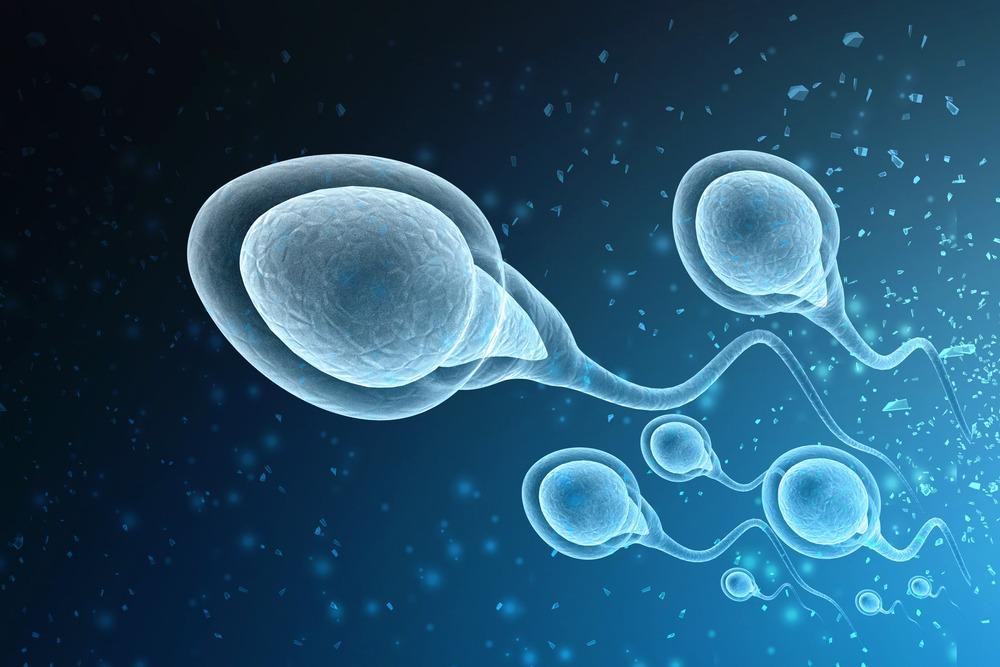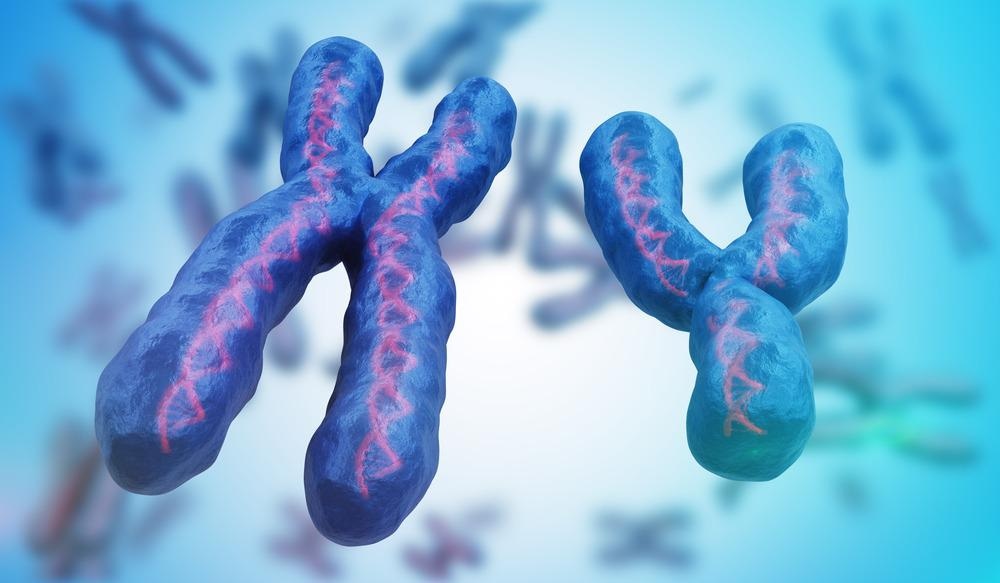sanders pharmacy and greenville
Introduction
Classification of Sperm-Sorting Techniques
Motility-based
Morphology-based
Surface chemistry-based
Sex Sorting
Conclusion
References
With the entry of women into public life and the workforce, many have postponed reproduction to the latter part of their reproductive years. This has led to the increasing use of assisted reproduction technologies (ART) to help women conceive. These methods, can u get high from atarax being cumbersome, time-consuming, and expensive, are constantly being upgraded to improve the rate of successful conception.
One such enhancement is sperm sorting technology, where viable sperm are separated from the non-viable sperm. In some cases, personal or medical reasons are cited for selecting sperm sex, such as if an X-linked disorder is sought to be avoided.
Besides the cost of typical ART cycles, whether in vitro fertilization or intracytoplasmic sperm injection (IVF and ICSI, respectively), the infertile couples' distress and expectations need to be factored into the equation when assessing the effectiveness of each. This is one reason to seek to reproduce the natural efficiency of fertilization while also substituting other methods for the natural sperm selection that happens in vivo.
Failure to do so could lead to a higher chance of fertilizing with defective sperms, causing failure of development, pregnancy loss, or even abnormal offspring. When it is considered that infertile men often show a high incidence of abnormal sperm morphology and functionality, including DNA fragmentation, the step of sperm sorting is seen to be essential.

Image Credit: WHITE MARKERS/Shutterstock.com
Normal sperm morphology is defined in terms of:
- Sperm concentrations of 1.5 × 107 cells/mL,
- 58% of live sperm cells
- Progressive motility in 32%, or total motility in 40% or more
- 4% normal morphology
The sperms pass through the female reproductive tract during natural fertilization and engage with the egg to form an embryo. This automatically selects for high-motility, actively swimming sperms. With ART, however, sperm selection technologies are required. Some of these are based on motility, maturity as shown by hyaluronic acid levels, detection of apoptosis markers like phosphatidylserine at high levels, normal morphology, and sex.
Classification of Sperm-Sorting Techniques
Conventional sperm-sorting techniques include:
Motility-based
- Density gradient centrifugation (DGC)
- This method is based on the density of the sperm cells
- Direct swim-up (DSW)
- Conventional swim-up (CSW)
The first three methods use washing and centrifugation in different combinations to separate motile from less motile or immotile sperms, with a high retrieval rate. They are relatively low-cost and compatible with the processing of large amounts of semen, with yields over 50%.
Conversely, they are associated with sperm DNA and mitochondrial damage, apoptosis, and membrane damage due to the generation of reactive oxygen species and do not consider other sorting characteristics. With DGC, for instance, about 8-11% DNA fragmentation is found.
- Microfluidics
Microfluidics involves the flow of samples through a microfluidic chip, collecting only those sperms that swim against the lamellar flow rate. Though it is found to retrieve highly functional live sperms, comprising 95% of the final sample, it is expensive and has very low retrieval rates due to its small capacity.
Newer innovations are being tested, including systems made with different materials and paper-based and droplet-based microfluidics.
Morphology-based
- Microscope-based – motile sperm organelle morphology examination (MSOME), a form of computer-enhanced digital microscopy, includes the identification of defects such as macrozoospermia, globozoospermia, acephalia, and tail defects, or asthenoteratozoospermia. Human error may impact the reliability of this method.
- Light-based birefringence – partial vs. total birefringence is used to assess sperm maturity via the interaction of the light beam with the organelle compartments, which is correlated with maturation. While this successfully detects DNA damage in sperms, it cannot separate damaged sperms.
Surface chemistry-based
- Surface charge – zeta potential
This method uses the zeta potential at the sperm cell surface, produced by salicylic acid residues, with a potential of −16 to −20 mV indicating sperm maturity. The sperm attach to the positively charged tube via electrostatic interaction. Small amounts of sample are sufficient, while DNA damage is limited because of external electric current. However, the procedure is time-sensitive since capacitation may occur while they are being sorted, with a loss of sialylated glycoproteins.
- Apoptotic markers
This depends on the detection of apoptosis in spermatozoa. A high percentage of apoptotic sperms in semen is linked to male infertility. In sperms, apoptosis, or programmed cell death, is associated with the externalization of phosphatidylserine (PS), the increased permeability of the mitochondrial membrane, caspase activation, and the fragmentation of nuclear DNA.
Fragmented DNA in sperms is also associated with early pregnancy loss, indicating that DNA integrity is required for fertilization and embryonic development. However, even sperms with fragmented DNA may appear normal, have normal motility, and successfully fertilize oocytes. This could lead to their selection for procedures like intracytoplasmic sperm injection (ICSI).
Identification of apoptotic sperms can be made using magnetic-activated cell sorting (MACS). The magnetic beads are coated with annexin V protein to bind the PS projecting from the cell membrane in apoptotic cells. It is used in combination with swim-up or other techniques.
 Do Stress and Anxiety Affect Sperm Quality?
Do Stress and Anxiety Affect Sperm Quality?- Electrophoresis
The use of voltages 8-18 V or step-wise current from 50-110 mA is used to separate mature sperm from the rest, again based on the presence of sialylated glycoproteins on the cell surface. This method is associated with lower rates of DNA damage as centrifugation is not used. The technique is more expensive, however, and more research is needed.
- Hyaluronic acid (HA) binding
The technique is based on the presence of HA binding sites on more mature sperm, along with the increased viscosity of sperm-bound HA. This yields a higher proportion of intact normal-morphology sperms. More research is required to establish the success of this method.
Sex Sorting
- Flow cytometry is based on the 4% DNA content difference between male and female sperms due to the presence of the X chromosome. The DNA is stained, and the resulting signal is used to separate the sperm into different compartments, X and Y. It yields high separation rates. However, it results in significant DNA damage rates, both due to the many steps involved and potentially due to the dye, and reduces the success rate of ART.
- Fluorescence-activated cell sorting (FACS) is a more rapid method but depends on operator skill, with the sorting being more quantifiable. It is being used to separate sperms by sex for animal breeding and in human ART, but its use to improve sperm quality in ART is limited.
- Motility using Ericsson method, or revised swim-up. The former involves using albumin solution to separate sperms by motility, with female sperm being slower than male sperm. It is a cheap method yielding high-purity male-female separation but can be cumbersome.
The revised swim-up method uses a long thin tube and is easily performed at a low cost. Its reliability is still under study.
- Zeta potential – magnetic nanoparticles or electrophoresis separate X and Y sperms with high selectivity based on their different zeta potentials in solution. However, the IVF success rates are low.
- Immune markers such as the H-Y antigen, male enhanced antigen 1 (MEA 1), male enhanced antigen 2 (MEA 2), sex-determining region Y (SRY), and testis determining factor (TDF) are being examined. Being non-invasive, they show promise, but they offer lower separation rates than flow cytometry.

Image Credit: vchal/Shutterstock.com
Conclusion
This overview shows the tension between existing methods in terms of the trade-off between the quality of the sorted sample vs. the efficiency of sorting. Those methods that use surface properties generally improve sperm quality and are used in human ART. Flow cytometry for sex sorting of sperm is used in limited settings to avoid the transmission of sex-linked diseases from parents to offspring. However, many ethical and practical considerations remain unresolved.
Newer approaches include using membranes with differential aperture widths to separate cells of different sizes. This is open to the risk of clogging by larger cells such as leukocytes, glutinous semen components, or dead sperms, which requires pre-treatment of the screening membrane. The use of charged particles is another possibility but has a long way to go before any clinical utility results.
Further research is also required to identify the markers in the sperm population related to the success of ART, given that there are many differences in the features of sperm subpopulations in a single ejaculate at various levels. At present, only a small percentage of sperm within the ejaculate are capable of fertilizing the ovum, which accounts for the high number of sperm required to achieve fertilization in vitro – about 50,000 motile sperm per ovum.
Taking into consideration all the complex factors involved, a combination of sperm sorting technologies may be required to enhance the outcome in terms of ART efficiency.
References:
- Rappa, K. L. et al. (2016). Sperm Processing for Advanced Reproductive Technologies: Where Are We Today? Biotechnology Advances. https://doi.org/10.1016/j.biotechadv.2016.01.007. https://www.sciencedirect.com/science/article/abs/pii/S0734975016300076?via%3Dihub
- Katigbak, R. D. et al. (2019). Review on Sperm Sorting Technologies and Sperm Properties toward New Separation Methods via the Interface of Biochemistry and Material Science. Advanced Biosystems. DOI: 10.1002/adbi.201900079.
- Oseguera-Lopez, I. et al. (2019). Novel Techniques of Sperm Selection for Improving IVF and ICSI Outcomes. Frontiers in Cell and Developmental Biology. https://doi.org/10.3389/fcell.2019.00298. https://www.frontiersin.org/articles/10.3389/fcell.2019.00298/full
Further Reading
- All Men's Health Content
- Annual Health Checks for Men
- What is Male Pattern Baldness?
- Insight into Male PCOS
- Impact of Masculinity on Men’s Health
Last Updated: Jun 1, 2022

Written by
Dr. Liji Thomas
Dr. Liji Thomas is an OB-GYN, who graduated from the Government Medical College, University of Calicut, Kerala, in 2001. Liji practiced as a full-time consultant in obstetrics/gynecology in a private hospital for a few years following her graduation. She has counseled hundreds of patients facing issues from pregnancy-related problems and infertility, and has been in charge of over 2,000 deliveries, striving always to achieve a normal delivery rather than operative.
Source: Read Full Article
